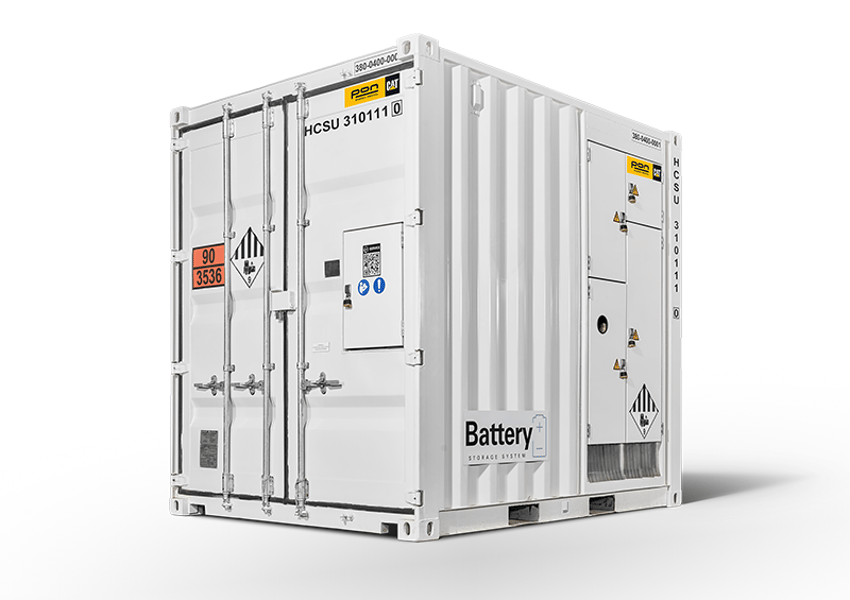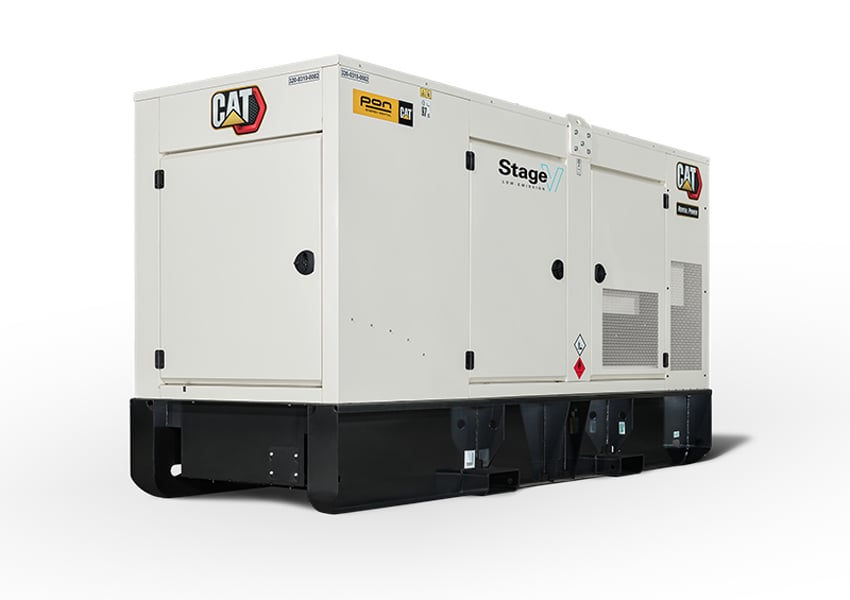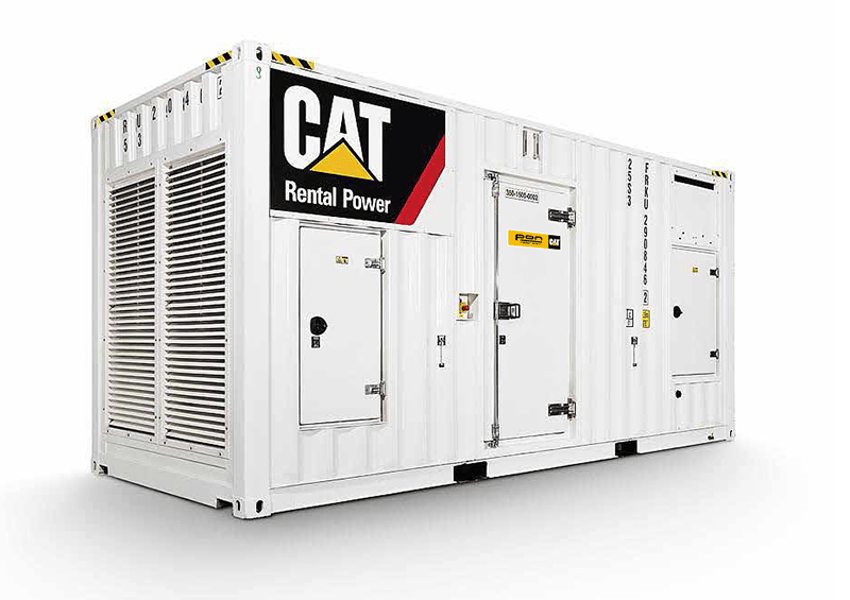
What is a microgrid?
A microgrid is a local, delimited transmission grid that can be disconnected from the overlying grid when needed or desired and continue to be operated with locally produced or stored energy.
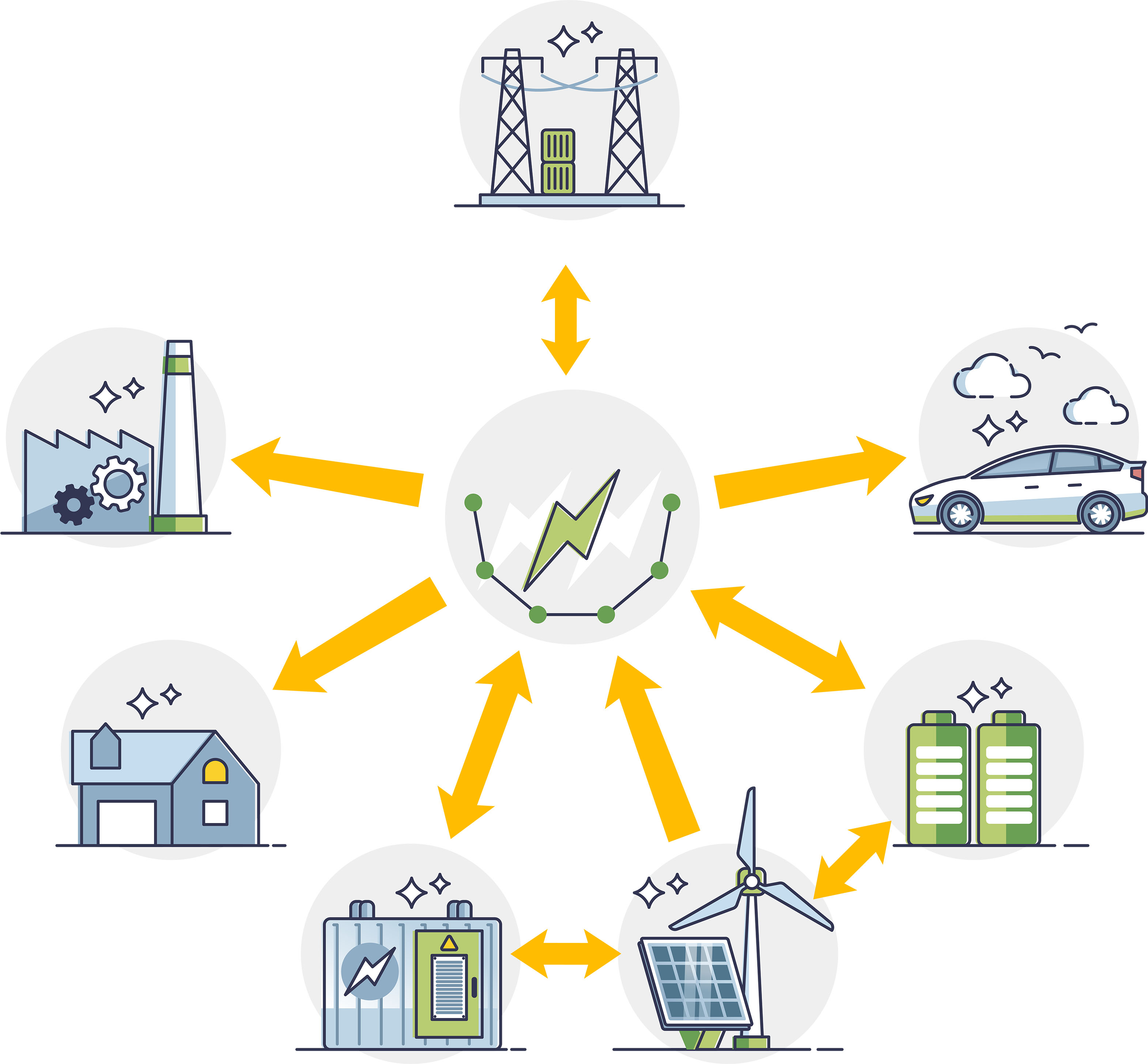
A microgrid is defined by three key characteristics
1. A microgrid is local
This distinguishes microgrids from large, centralized grids. Centralized grids push electricity from power plants over long distances via transmission and distribution lines. Delivering power over long distances is inefficient because some of the electricity, up to 8 to 15 percent, is lost during transportation.
2. A microgrid is independent
A microgrid can be disconnected from the main grid and operate independently, acting as an “island”. This means that those connected to the microgrid can be supplied with electricity even in the event of a power outage in the main grid.
3. A microgrid is intelligent
The intelligence of a microgrid comes from the microgrid controller, which is the central brain of the system and controls the generators, batteries and nearby building energy systems. The controller orchestrates multiple resources to meet the energy targets established by the microgrid’s customers. Such goals can be; lowest cost, cleanest energy, greatest electrical reliability or something else.
Common misconceptions and what’s not a microgrid
Some people use the term microgrid when describing a simple distributed energy system, such as rooftop solar panels. Another important difference is that microgrids will keep electricity flowing when the main grid fails, a solar panel alone does not.
Back-up generators are not a microgrid either, and should only be used in emergencies. A microgrid operates around the clock, all year round and both manages and delivers energy to its customers.
Many people think that microgrids are a relatively new solution, but they have been around for decades. The reason most people are not familiar with the term is that until recently it has largely been used only by colleges and the military.
Nor is a smart grid a microgrid. Smart grid is the term used to describe the intelligent power grid of the future, and new technologies such as smart meters (AMS), controllable loads and communication equipment such as 5G. The main difference that means that a microgrid is not included here is that it is geographically limited.
How you can use our batteries and Stage 5 generators in a microgrid
Batteries
Our batteries are optimal for use in a microgrid as they have a large capacity and can be used alone or in combination with multiple batteries, solar cells, wind power, generators or the central grid. By allowing other power sources to provide the normal demand, batteries can be charged and used only during high demand or low power production from wind turbines or solar cells.
Stage 5 generators
Our Stage 5 generators can be used in a microgrid setup, and to reduce emissions, it can be set up so that the generators only start when demand is high, with solar cells, wind power and batteries providing the normal demand. Stage 5 is the latest standard for emissions, and these generators use AdBlue in addition to diesel or HVO.
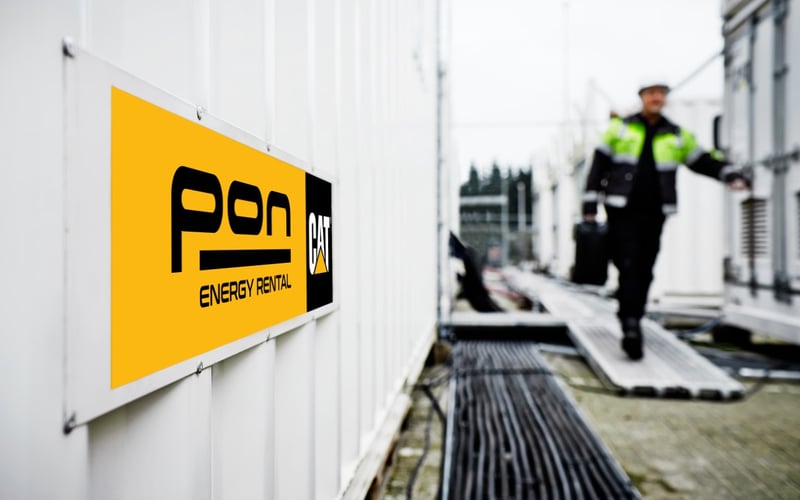
How can we help you?
Start a conversation with one of our experts
You’re very welcome to share your energy challenge with us so we can understand what you’re looking to achieve. Our experts will offer you advice and together we’ll create the right solution for your needs.
Get in contact